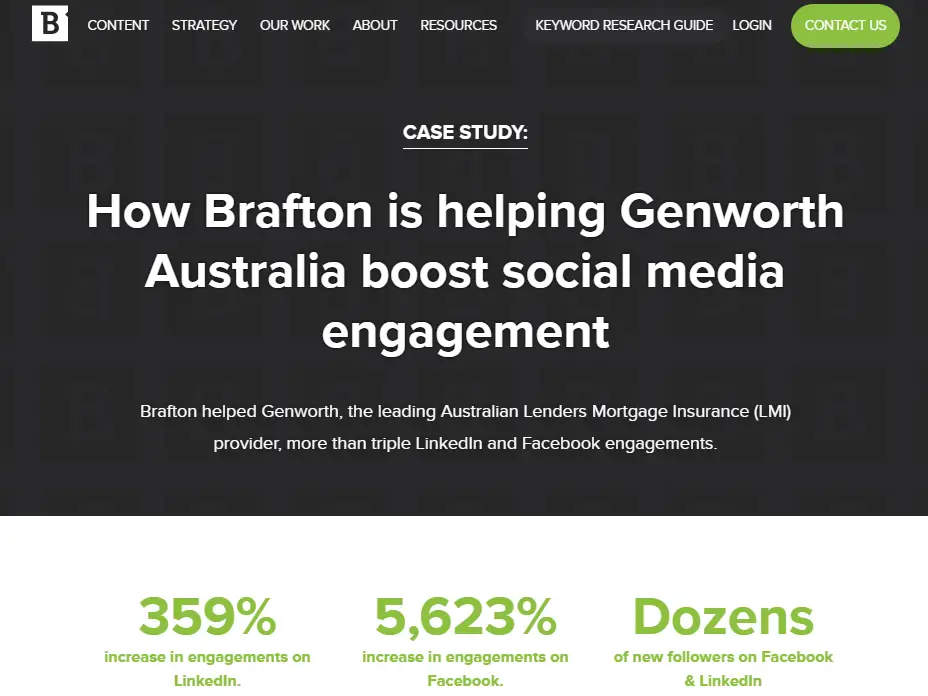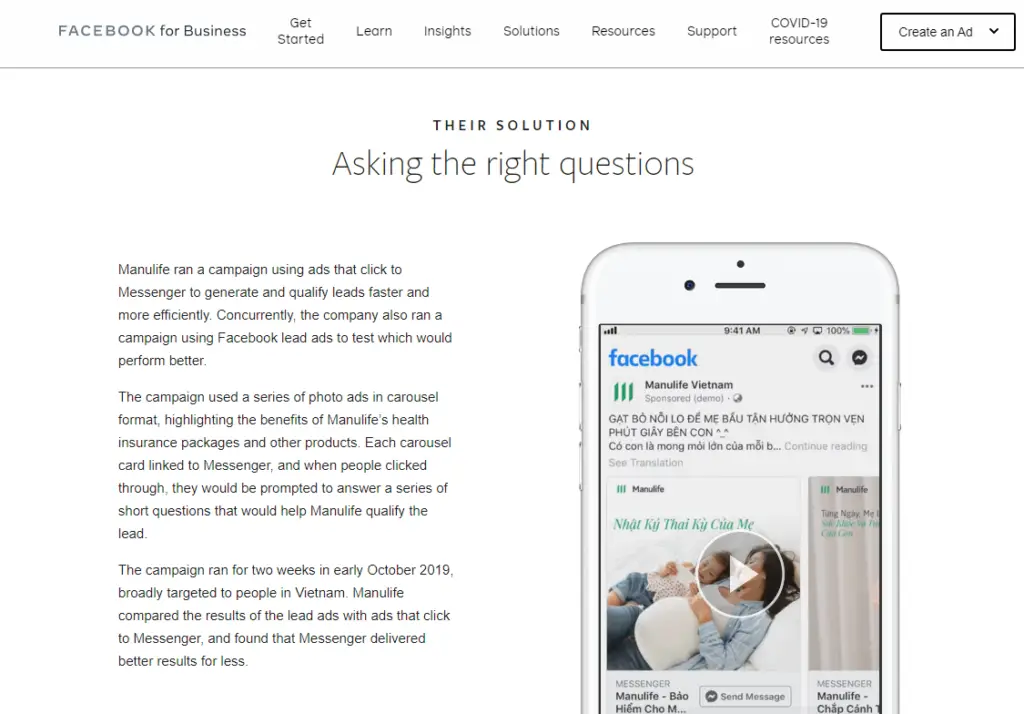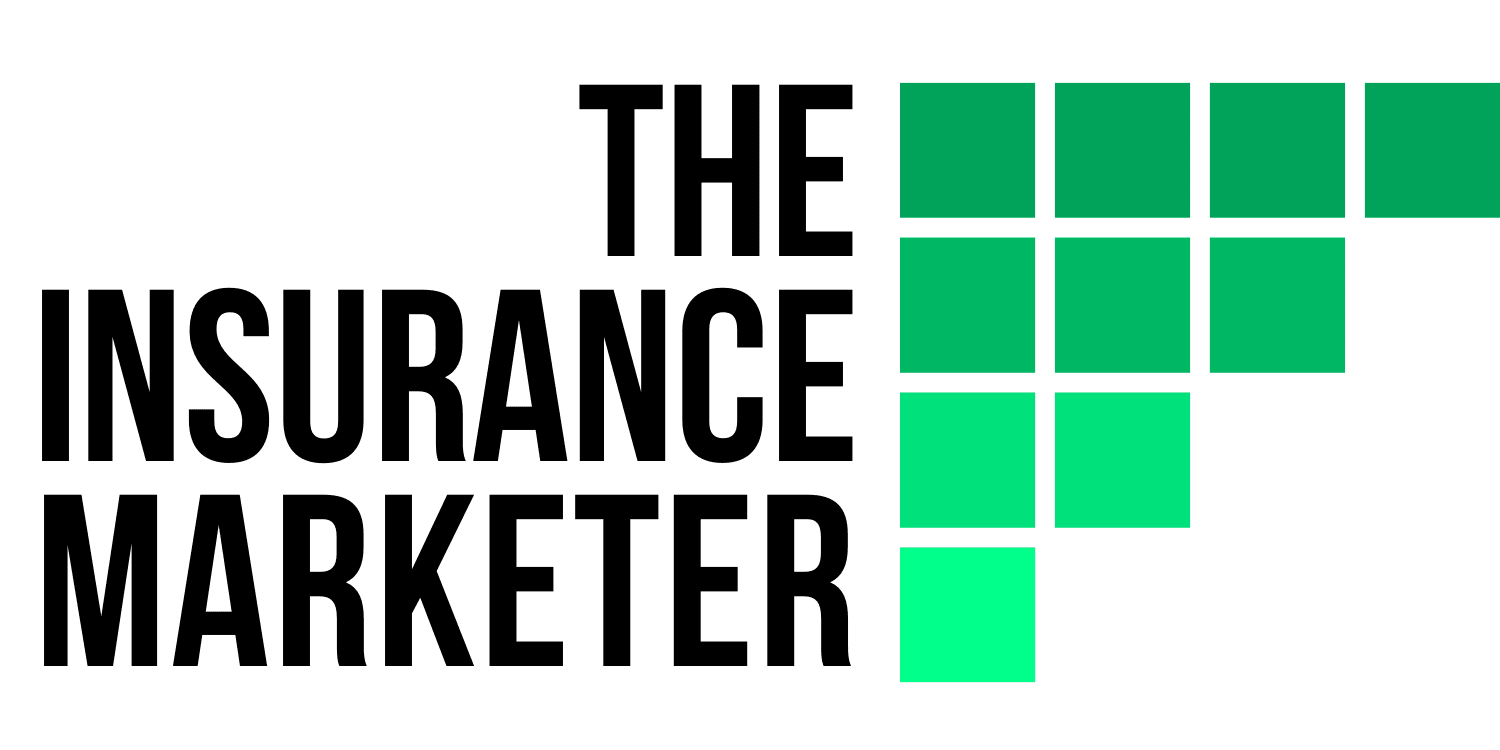Case study is one of the most powerful marketing collateral in business writing. It starts off with a problem that your customer struggles with, then resolves with your product/service as the solution and closes with a successful result(s).
Instead of having a company talk about the benefits of their products, case studies are even more convincing because it’s based on true stories – of how your clients achieve their goals with your product/service.
And ultimately your case study will increase your ROI by converting more sales. If you have not been serious about writing case studies, you should read on so you will get a good idea of why they are effective and how to write them. In this article, you will learn:
|
Alright, let’s get started!
What Is A Case Study?
Case studies are customer success stories. Businesses use them to show how their product or service helps to solve their customers’ problem. They are short and run between 500-1000 words. They are structured with eye-catching headings, customers’ quotes, figures and pictures to get the reader’s attention at a glance.
In traditional format, case studies appear as a leaflet printed on both sides of a piece of paper. This makes it easy to hand out at sales kiosks, trade shows or meetings.
Now case studies have been digitalized. You can find them on webpages as well as other formats like newsletters, videos, podcasts or so on.
Chances are, when you search for “case study” online, you will encounter a lot of scholastic research papers. Instead, the case study we are discussing in this article are the ones that are written for marketing purposes.
Linkedin Learning – Writing Case Studies
Case studies: Tell your success story from Writing Case Studies by Tom Geller
- Platform: Linkedin Learning
- Duration: 37m
- Price: 30-day free trial. $19.99 (annual plan) or $29.98 (monthly plan) per month afterwards, plus unlimited access to 16,000+ other courses
| If you want a quick and no-nonsense crash course on Writing Case Studies, make sure you join this 37-minute online course from Linkedin Learning by Tom Geller. |
6 Reasons Why Marketing Case Study Is Effective
Customer success is the best sales pitch for any business. And it is especially useful for intangible and oftentimes commoditized products like insurance.
Marketing case studies, for sure, are far more interesting to read than product brochures (which all look the same). In most cases, people will find it easier to visualize the benefits of your products with real customer experience from your case study.
Let’s dig deeper to understand why case stuy is effective as a marketing collateral:
1. Unique and Specific
By nature, case studies created by each company are originals of their own – they are unique and very specific to relate to your product offering.
And a properly developed case study is always going to resonate with your prospective customers who may need your product to solve a similar problem they encounter with.
Case studies are based on true stories – so real with meat and juice. Thus, you will always be specific and on point.
And since they are unique, that makes it easier for the readers to recall them and even share them among their network.
2. Caters the Zero Moment of Truth (ZMOT)
Google introduced the concept of Zero Moment of Truth (ZMOT) back in 2011. The ZMOT refers to the moment in the buying process when the consumer researches a product prior to purchase. Since then, the rulebook has changed— again and again with a global trend in search for the right answers at the right moments more than ever with the popularity of mobile devices.
Insurance shoppers used on average 11.7 sources of information to help them make their purchase decision.
The best thing about case studies is that they can be repurposed into different contents like a blog post, a sales script, a user review, a video, a podcast episode, a newsletter and so on. (we will go through the list later in this article)
And the more the variations, the higher the chance your prospect swill see them along their buyer’s journey. And it eventually adds up to satisfy the ZMOT.
3. Provide Social Proof
Studies show 92% of online consumers look at a product review prior to making a purchase. Much like a product review, this social proof is the power that guides decision-making at the lower part of your sales funnel.
Nowadays, with connected mobile devices on their hands, customers are far less influenced by sales copy and trusting more in user reviews and data-proof findings.
Case studies can satisfy this desire for social proof by highlighting customer experiences and revealing real-life results.
4. Show Real Results
While a typical product page or brochure may list out all the features of your products, a case study shows your prospect the real results.
This example from Brafton use compelling figures right upfront to show the result of their service:

5. Focus on the customer
Instead of talking about how great your product features are, case studies focus on the success of how a customer used your product/service to solve his/her problem. As you will learn later in this article, quotes from your successful customer will bring life to your case study.
The same example from Brafton follows with a pull quote from the client. The profile picture really makes the message speak.

Pull of quotes are essential in your case study. They are the best testimonial for your products. Future prospects are more likely to react well to this because they’ll want to get the similar results.
6. Transformable to different formats
Many businesses with limited resources and are not sure about case studies because of the cost and time commitment. While case studies certainly are not the easiest content to produce, they can be spinned off to a variety form of contents.
This spinoff content could take the form of a blog post, a sales script, a user review, a video, a podcast episode, a newsletter and so on.
How to Write a Case Study?
If you are new to writing case study, you’ll be surprised that you will be spending more time on organizing and editing than “writing” itself. Afterall, case studies are supposed to be a short read with 500-1000 words plus all the extras like pull of quotes, figures, bulleted list pictures and more.
In essence, there are three steps in writng a case study:
Step 1: Interviewing the customer
First thing first, a case study revolves around a user’s experience and it celebrates customer success. So you start by choosing the right customer who may be willing to participate. The main purpose of this exercise is to extract quotes for your writing. Below are the easy steps to prepare you for conducting such interview:
- Identify the right client – Look for clients who have benefited from your product/service and are willing to talk about their user experience.
- Explain the purpose – Once you’ve selected the ideal client, contact him/her to explain the purpose of your interview and ask for the best time and ways to do it. Of course the best way is a face-to-face interview. But if time and location is a constraint, a phone interview and a video chat may be just as fine.
- Send the interview questions – Before the interview, send your client the questions to give them an idea of what will be covered. It follows the problem-solution-result format. And here are some questions you may ask:
|
- At the interview – Depending on the situation the interview can be done over the phone, via a video call or through face-to-face meeting if your client is local. A rule of thumb is to ask your client the format, place, date and time they feel most comfortable with.
|
Reminder: Before it actually starts, after the greetings and warm-up, ask your client these 3 questions right up front:
|
Step 2: Transcribing the interview and extracting quotes
After the interview, you will need to transcribe the recording and select good and interesting quotes for your writing.
This part used to be tedious and time consuming. To give you an idea, a 30 minute interview could end up in a 8 page WORD document with single spacing. And if done by humans, every minute may need 8-10 minute to transcribe.
Don’t worry, you can outsource this task for the interest of time. Whether you want to use AI-power software or professional transcription service, the options are more than you can think of. Check out these 2 articles from Techradar for more information.
Best speech-to-text software in 2020: Free, paid and online voice recognition apps and services
Best transcription services in 2020: transcribe audio and video into text
Step 3: Putting it all together in writing
You’ve come a long way! Here comes the fun part – putting it all together into a real case study.
Case study for marketing purposes are similar in format. They are made up of these parts:
The Essential Parts in a Marketing Case Study
|
|
Title – A headline to outline “how” your product solves a specific problem or brings a compelling result for your client. Ideally, it should contain your brand name or product name with an eye-catching result. |
For example:
How [your client] Used [your product] to Make [a drastic result]
Real example:
OR
Template:
[Your client] Sees/Gets/Achieves [an expotential growth] Througth [your product]
Real example:
Global Information Professionals Organization AIIM.org Sees 87% Customer Growth Through Inbound Marketing
| About – This is a brief introduction of the client using your service – the persona. It’s usually a small paragraph of arounds 50-100 words of basic information of who they are and what they do. |
This example from HubSpot entails a nice “about” paragraph below the title to do the the exact job of introducing its client.

| The Problem – Describe the problem or the goal of your customer as the main character in the story. You can start with a brief description of the problem, then list out the challenges to be overcome or with the goal to be achieved. |

Browse through Facebook for Business and you will find most of their case studies (they call them success stories to make more sense) follow this simple format with a very brief goal and a solution right after that.This story describes the goal of Manulife Vietnam is to find more efficient way to generate and qualify leads.
| The Solution – This section of your case study is going to show off you product/service as the soultion that your clients used to achieve thier goals. It should highlight the changes that you’ve brought. You will describe the actions taken by your customer to show how he/she achieves the results which cannot be done otherwise by using your product or service. |
Facebook made it so easy by describing how their products (as the solution) help Manulife Vietnam to achieve their business goal. The utilize a simple interactive element by letting the readers to see the ads in carousel format by clicking on the mobile phone.

Let’s look at another example from Brafton on Agile Education Marketing. What I like about it is that they put thier solutions into a nice graphic which make it easier to digest. And they further explain what steps were done down the page.

| The Result – More than often, the results of a case study are put right up front to get the reader’s attention to read on. Show big and hard number to netice your reader. Look at story from facebook agin. Make sure to point out unexpected takeaways, myths dispelled, and key lessons learned. Most importantly, be sure to show hard numbers about the results! (i.e. money or time saved). |
We go back to the facebook example, the results are shown on the before the problem and solution to entice the readers.

| Extra (But Essential) Elements – They are pull quotes, bulleted lists, statistics and graphics. These elements appear in specific areas and formats. Here are some of the examples:
|
|
Call-To-Action – Keep in mind that the ultimate purpose of a marketing case study is to sell! (Yes, at the end of the day, it’s a marketing collateral.) It won’t be completed without a call to action that encourages the reader to take a further step to contact you. |
8 Ways to Promote Your Case Study
Good job! We’ve just gone through the essential parts of a case studiy and now let’s explore the ways to distribute it.
Simply creating and publishing case studies isn’t enough. If you really want to maximise your results, you need to promote it in different context, let’s look the many ways to use them:
- Web page – This is the perfect place to showcase your prospective customers about how your product solves a problem. If your case studies are long and detailed, it’s a good idea to only include summaries and excerpts on the web page and include a link where readers can download the full version. Be sure to add a lot of visuals. Whether they are icons, graphs, logos, or photos, visuals can make it more interesting to read.
- Blog posts – You want your case studies to get read, and your blog is a great place to mention them. Address specific challenges the customer overcame, then use the case study to tell the story of how they did it.
- Social media posts – Share your case studies on social media platforms. For example, you can add your case studies to your list of publications on your LinkedIn profile and share them in relevant LinkedIn Groups.
- Videos – Turning your case studies into video stories is a powerful way to illustrate your customer’s success with your product or service.
- Podcast episodes – Podcasts are still a popular context for people to consume content. It will be interesting to listen if you would talk through your customer’s struggle and success just like you would do when telling a story.
- Email newsletter – Write a summary or excerpts of your case studies and include a link to the webpage when sending out marketing emails.
- Sales aid – Send it to your sales team and let them handle buyer resistance by showing prospects how others within a similar industry and with similar challenges have been successful with your product or service.
- Training material – Sharing customer case studies with new employees during onboarding can help them better understand and appreciate your products or services.
When Should You Create Case Studies?
With products that are complicated and entails commitment
For some products like health insurance or life insurance, your customers will need a longer time to weigh their options.
Yet, some lines of business, like car or home insurance, often doesn’t involve as much thinking as selecting the right group health insurance plan for a business.
So, if you’re selling products that cost a lot, sometimes look complicated, and entails a long-term commitment, you should use case studies to convince your prospective customers and speed up the buying decision.
At the bottom of funnel
Case studies are “bottom of funnel” (BOFU) offers. They are impactful when used toward the end of the buying cycle. Your job is to create a compelling story to let clients believe that your product can solve their problem too.
Conclusion
Case studies can take weeks or months to develop. Depending on the data you’re using, where you’re gathering it from, and how you’re putting it together, creating a valuable case study is an extremely intensive process.
Yes, it’s going to be a lot of work. And there’s more preparation than writing itself. But a compelling case study can surely build your brand authority, drive prospects into your sales funnel, and help convert sales. Don’t overlook this powerful piece of your marketing strategy.
Good luck!
More Resources
If you want to see more examples of case study from the companies that we’ve mentioned, here are the links:




